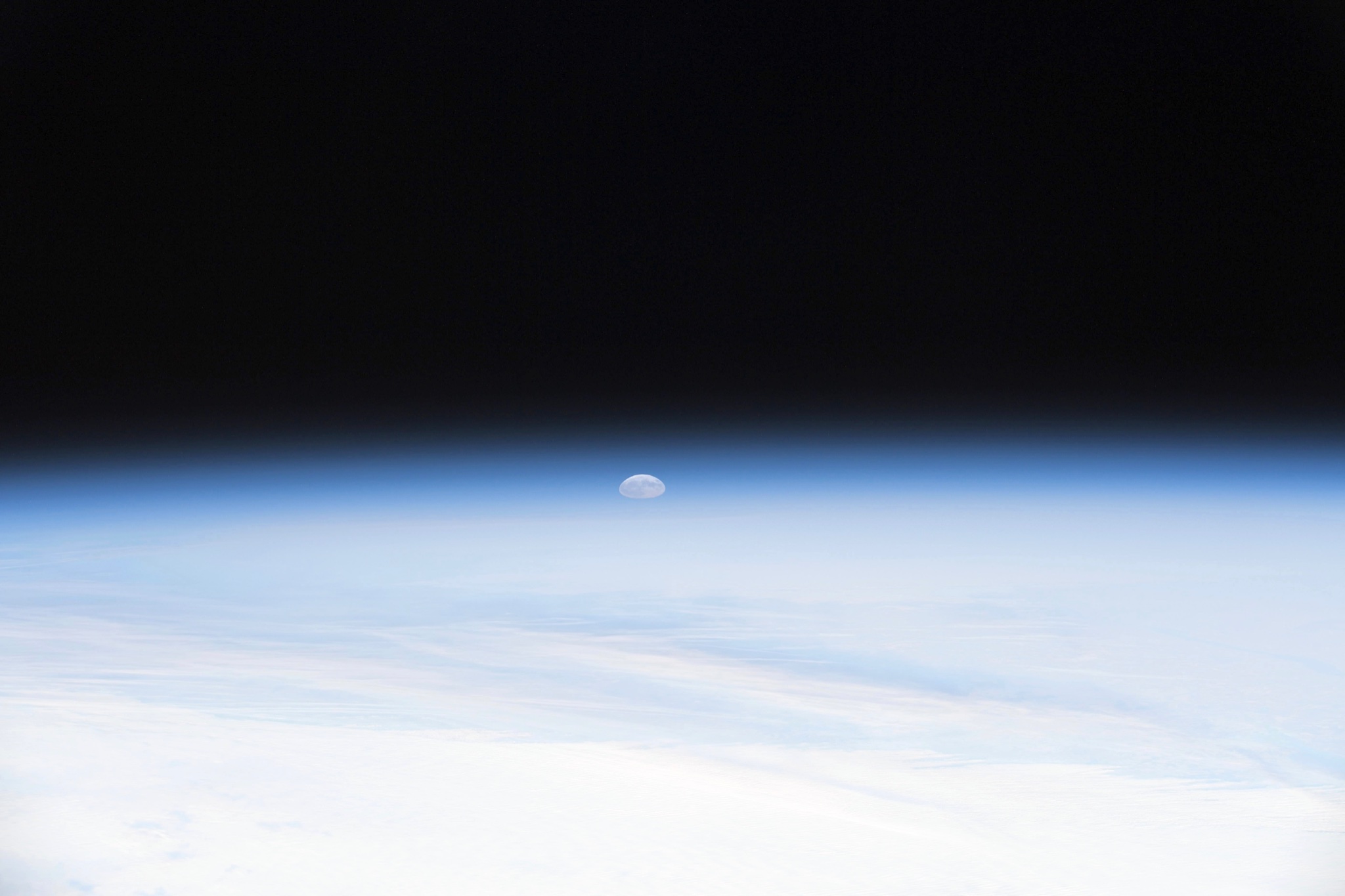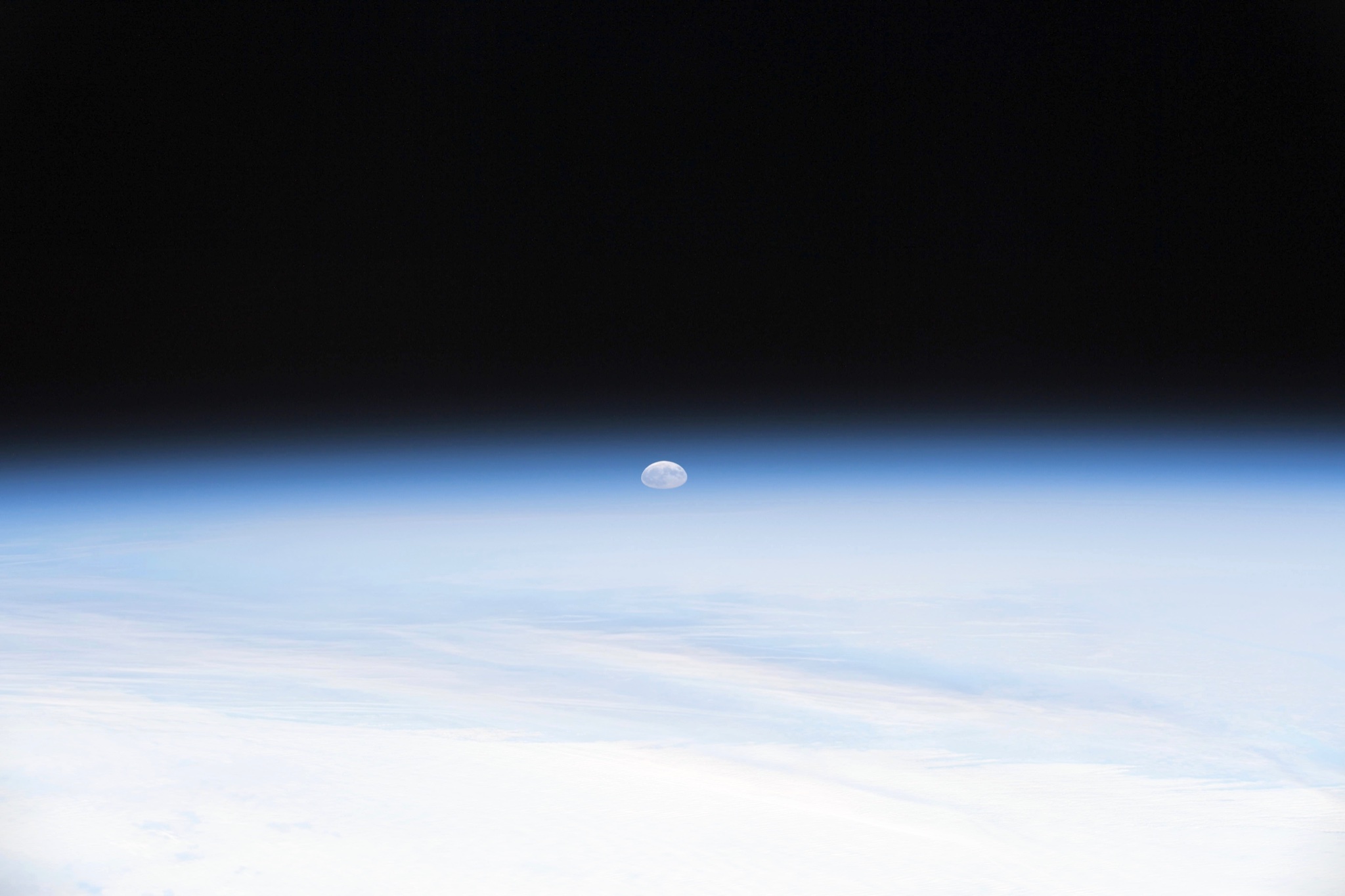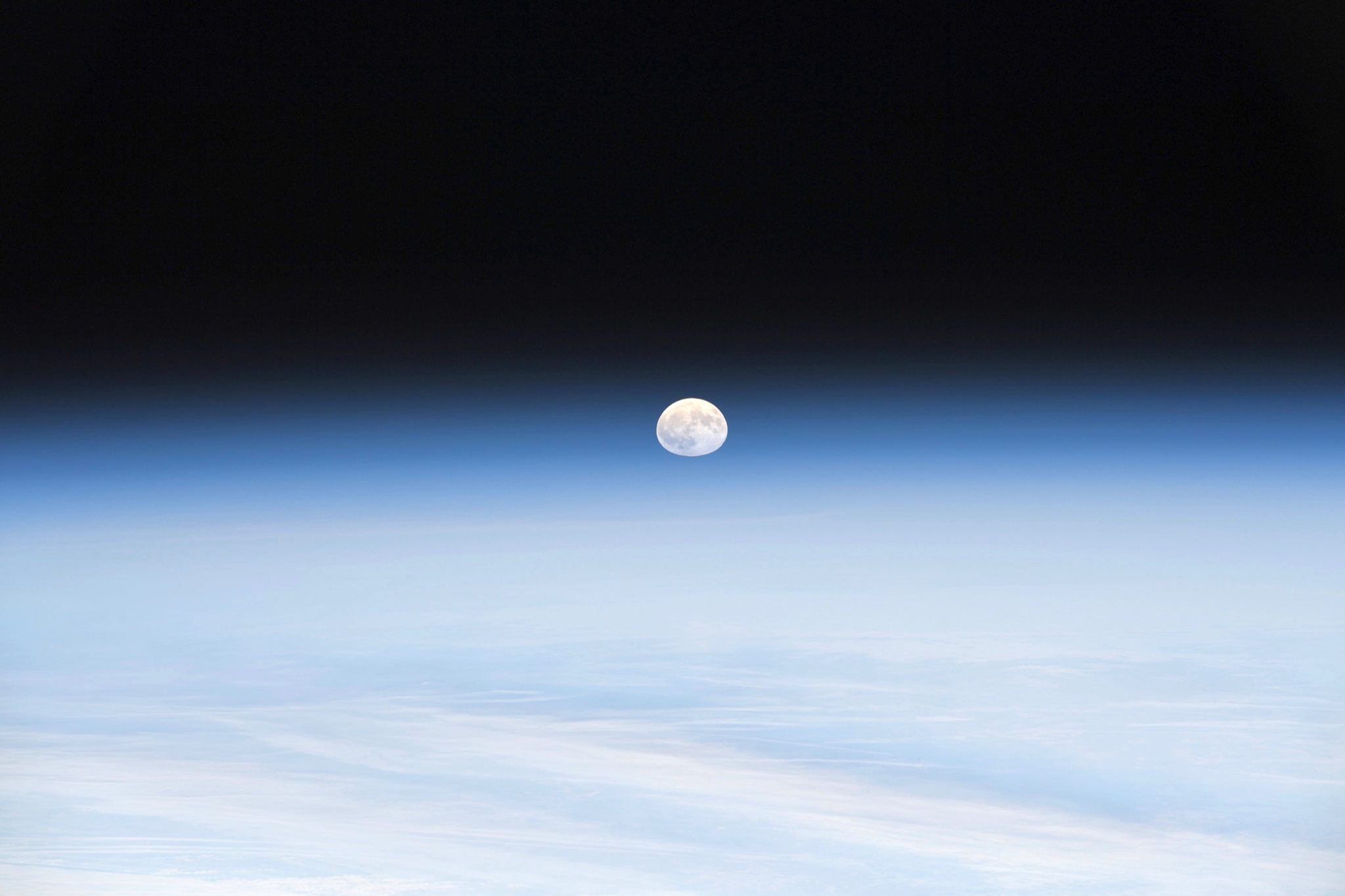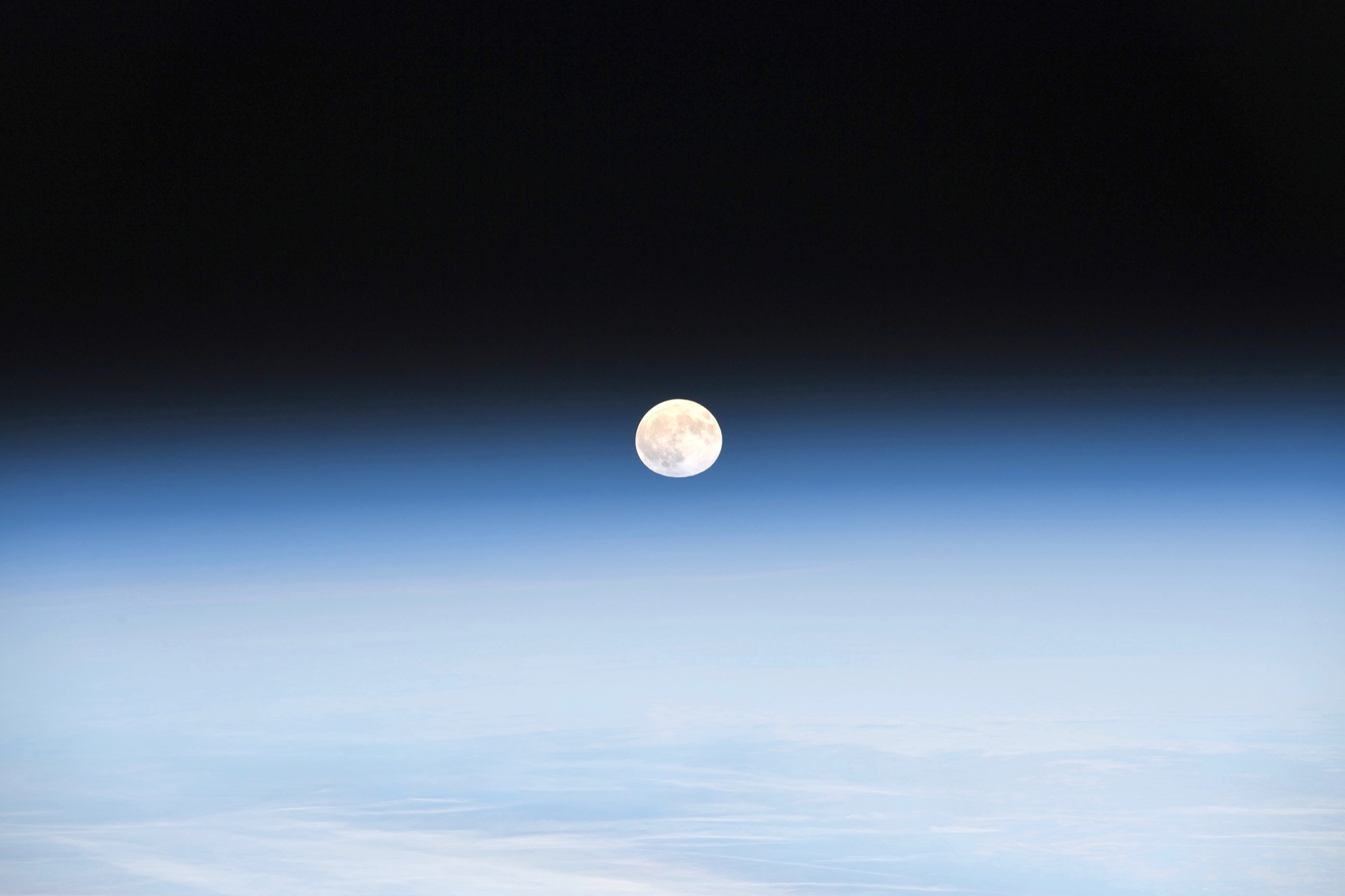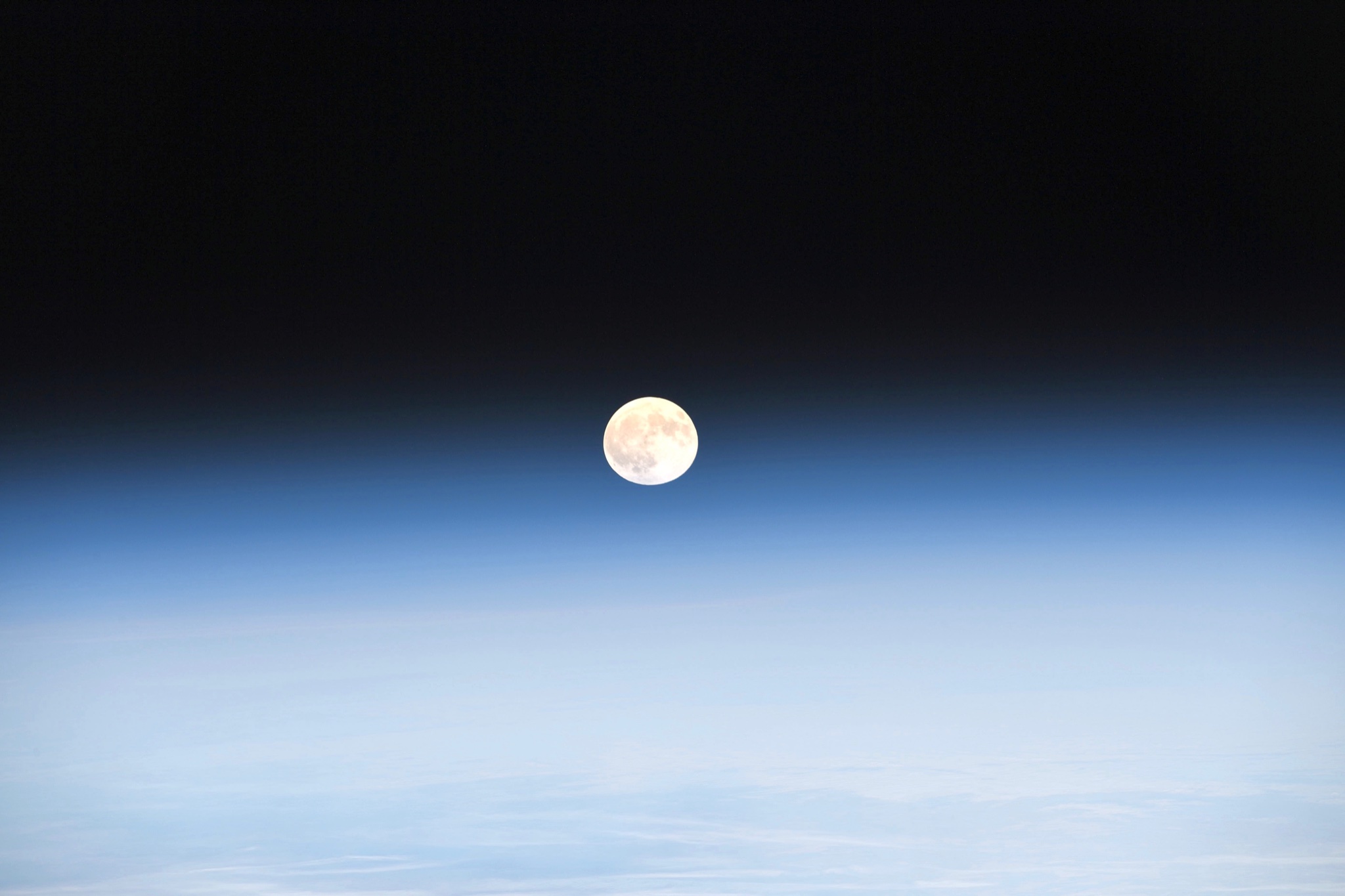Japanese astronaut Soichi Noguchi is fast emerging as the resident photographer of the Expedition 64 crew currently aboard the International Space Station (ISS).
Since arriving on the orbiting outpost on November 16, 2020, Noguchi has been using the station’s camera equipment to capture some glorious shots of Earth and space before posting them on his Twitter account.
The latest set of images (below), shared on Monday, show a stunning “moonrise” from the space station, which orbits Earth at an altitude of about 250 miles.
The photos were likely captured from inside the Cupola module, an observatory with seven windows that was added to the space station in 2010. Many astronauts like to visit the Cupola, built by the European Space Agency, to marvel at the stunning views of Earth, though it’s also useful for monitoring approaching vehicles or operating machinery located on the outside of the station.
Astronauts aboard the ISS have access to a range of photography equipment, with many turning to the Nikon D5 DSLR and a telephoto lens to capture high-resolution shots of Earth and beyond. The station also has a Sony a7S II camera, which in 2017 became the first commercial-grade camera with 4K capabilities to be mounted on the outside of the ISS. Before it made the trip to the station, the Japanese Aerospace Exploration Agency tested the a7S II to make sure that the device could handle the challenging environment that includes cosmic radiation and extreme temperature changes.
Sony’s camera is used to capture images of major disasters on Earth to help those on the ground gauge the extent of the damage. It also tracks changes on the ground, such as the movement of ice floes.
As for Noguchi, we look forward to seeing more of his impressive photography during his space mission, which continues until April 2021.
Editors' Recommendations
- China’s space station was hit by space junk
- Crewed Soyuz launch to space station suffers rare late abort
- How to watch Crew-8 arrive at the space station tonight
- How to watch SpaceX Crew-8 launch to the space station tonight
- Astronaut captures stunning images of a snowy Grand Canyon
